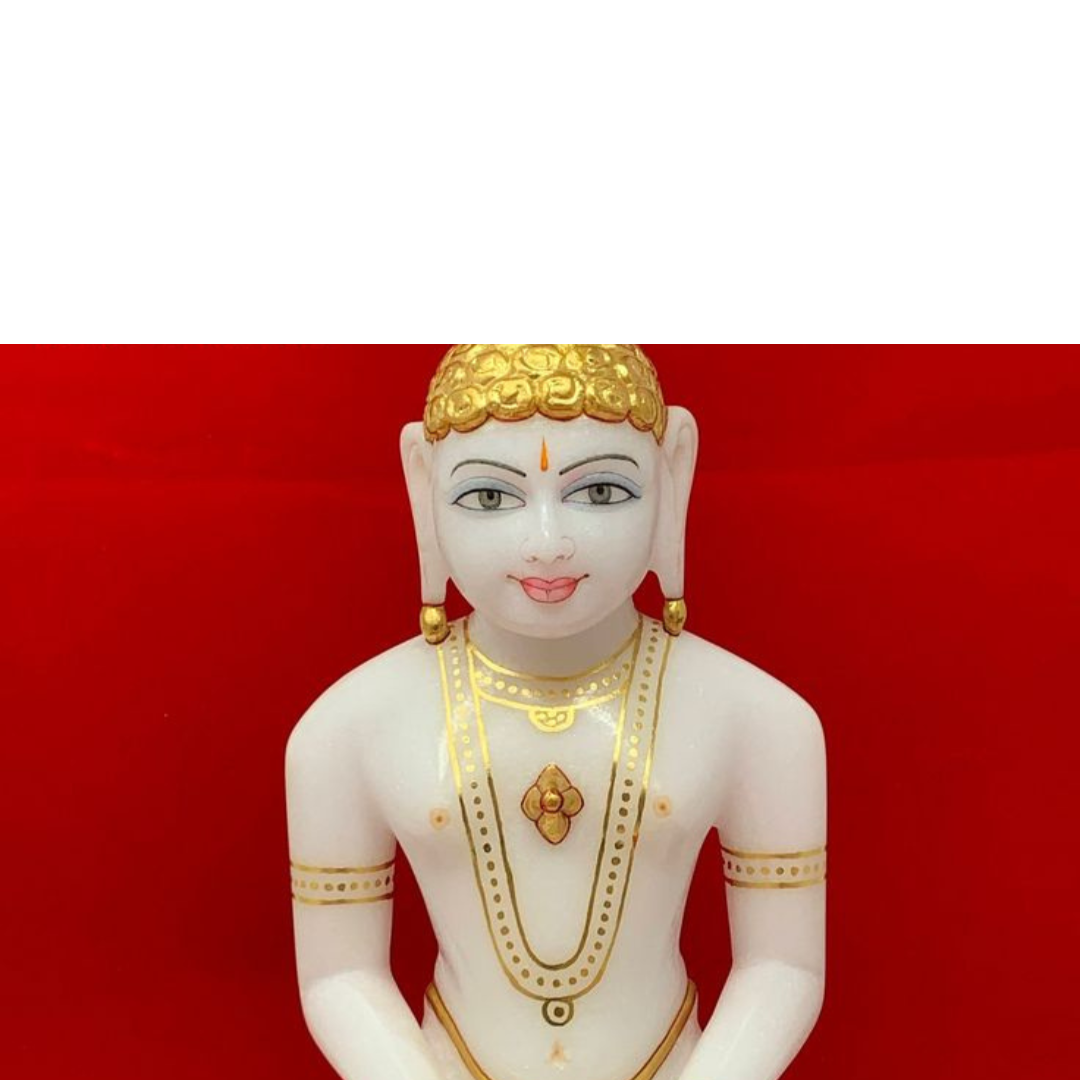Paryushan Parva – Seventh Day – Uttam Tapa (Penance or Austerities)
Tapasya (penance) involves curbing worldly attractions and desires. The purpose of penance is to keep cravings and passions under control, as overindulgence inevitably leads to suffering. By practicing penance, we invite positive karma into our lives. Penance is essentially self-discipline through fasting, meditation, study, and other practices, all aimed at elevating the soul above the pleasures and pains of worldly existence. In Jainism, penance holds a special place in the code of conduct, emphasizing the importance of spiritual progress.
There are twelve types of penance, which are divided into two categories: external and internal. The first six are external penances, primarily involving physical acts of restraint, while the remaining six are internal, focusing on intellectual and emotional purification.
The Twelve Penances:
External Penances:
- Fasting – Undertaken according to the firm rules laid down by the Jinas (self-conquerors).
- Eating in moderation – This promotes good health and helps in controlling desires.
- Abandoning gluttony – Limiting the variety and quantity of food.
- Detachment from food – Eating without emotional attachment to the food.
- Self-imposed hardship – Training the mind through voluntary suffering to build resilience.
- Control over body and senses – Mastering the physical self and sensory desires.
Internal Penances:
- Repentance of offenses – Reflecting on and feeling remorse for past wrongdoings.
- Humility and reverence – Showing deep respect towards the Jinas and spiritual leaders.
- Serving holy people – Offering service to those who are spiritually advanced.
- Study of sacred texts – Reading and contemplating good books to gain wisdom.
- Contemplation – Engaging in thoughtful reflection and meditation.
- Mindful practice of Kausagga – Realizing the separation between body and soul through spiritual practices in Jainism.
Through these practices of austerity, one can rise above worldly desires, purify the mind and soul, and progress on the path to liberation.
पर्युषण पर्व- सातवाँ दिन- उत्तम तप
तप – तपस्या (सांसारिक आकर्षणों पर अंकुश लगाते हुए तपस्या करना)। तपस्या का उद्देश्य लालसाओं और आवेशों को नियंत्रण में रखना है। अतिभोग अनिवार्य रूप से दुख की ओर ले जाता है। तपस्या सकारात्मक कर्मों के आगमन की ओर ले जाती है। तपस्या ही तपस्या है। यह उपवास, ध्यान, अध्ययन आदि के माध्यम से आत्म-नियंत्रण है। नियंत्रण का उद्देश्य आत्मा को हमारे जीवन के सुखों और दुखों से ऊपर उठाना है। जैन आचार संहिता में तपस्या का विशेष स्थान है।
तपस्या के बारह प्रकार हैं। पहले छह को बाह्य तपस्या माना जाता है क्योंकि वे मुख्य रूप से शारीरिक तपस्या हैं। शेष छह आंतरिक हैं क्योंकि उनमें से अधिकांश बुद्धि और दूसरों के प्रति हमारी भावनाओं से संबंधित हैं।
बारह तपस्याएँ इस प्रकार हैं-
पहले छह को बाह्य प्रकार कहा जाता है और शेष छह को आंतरिक प्रकार कहा जाता है।
1) उपवास – जिन (आत्म-विजेता) द्वारा निर्धारित दृढ़ नियमों के अनुसार किया जाता है।
2) संयम से भोजन करना – यह भी अच्छे स्वास्थ्य के लिए है।
3) लोलुपता की भावना को त्यागना। (खाने की वस्तुओं की संख्या पर सीमा रखना)
4) भोजन के प्रति स्नेह की भावना के बिना भोजन करना।
5) अपने मन को प्रशिक्षित करने के लिए स्वयं पर लगाए गए कष्ट।
6) शरीर और इंद्रियों पर नियंत्रण।
छह आंतरिक प्रकार की तपस्याएँ हैं-
1) अपराधों का पश्चाताप।
2) आध्यात्मिक जिनों के प्रति विनम्रता और श्रद्धा दिखाना।
3) पवित्र लोगों की सेवा करना
4) अच्छी पुस्तकों का अध्ययन करना।
5) चिंतन
6) मस्तिष्कीय कौसग्गा का पालन करना (यानी जैन धर्म के अभ्यासों के माध्यम से शरीर और आत्मा के अलगाव को महसूस करना)

